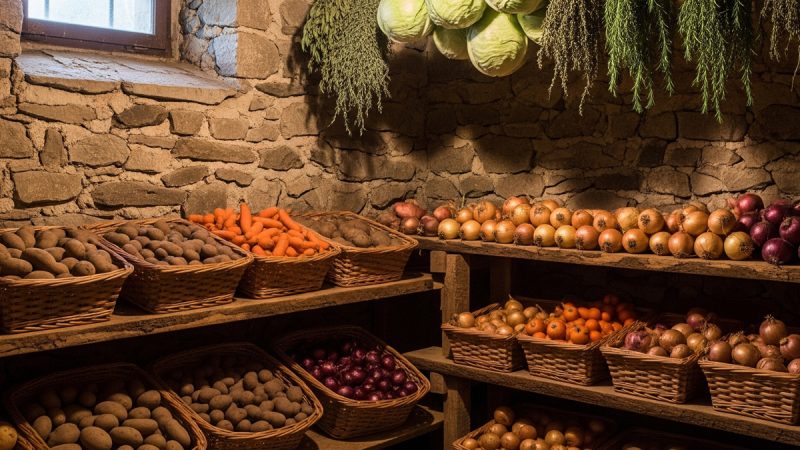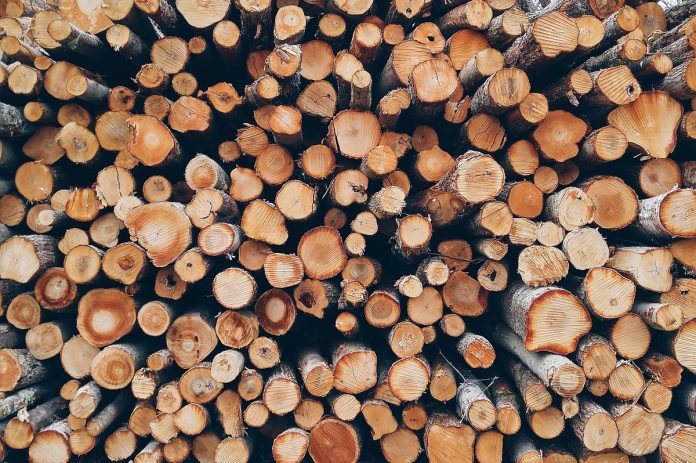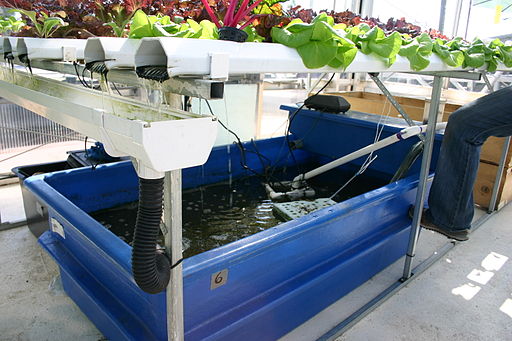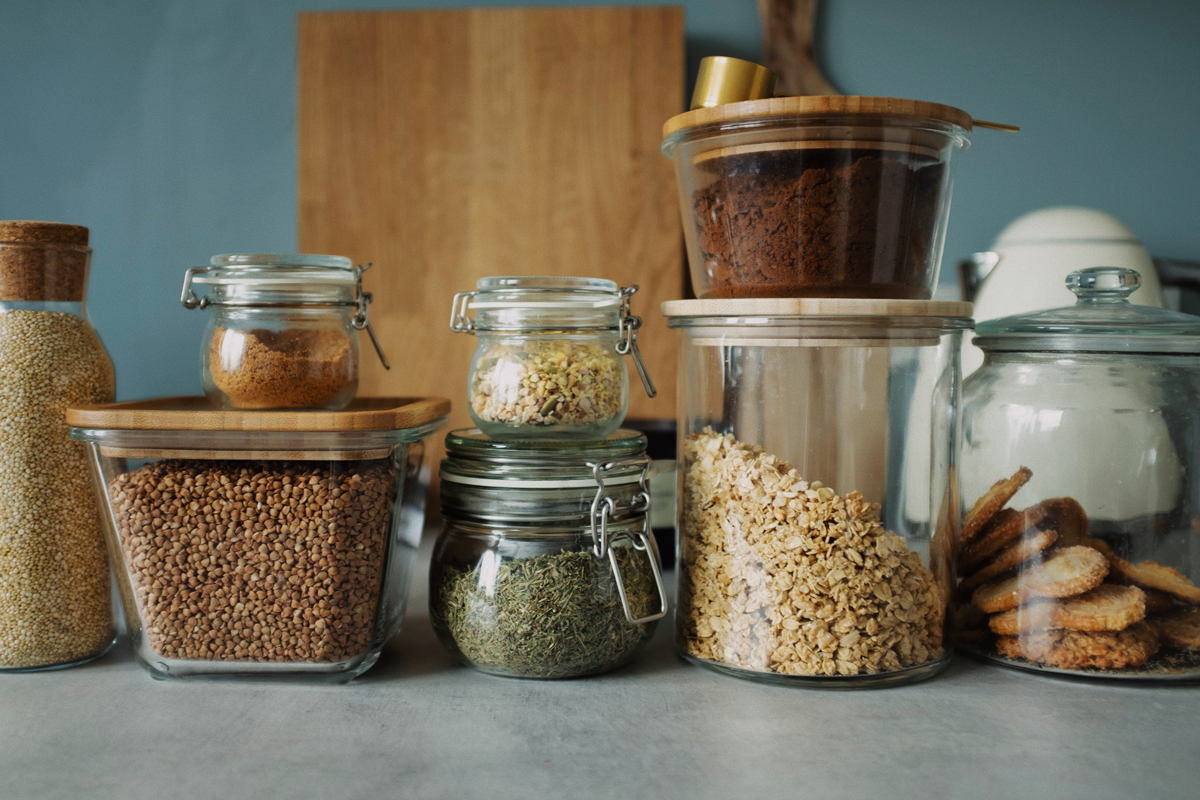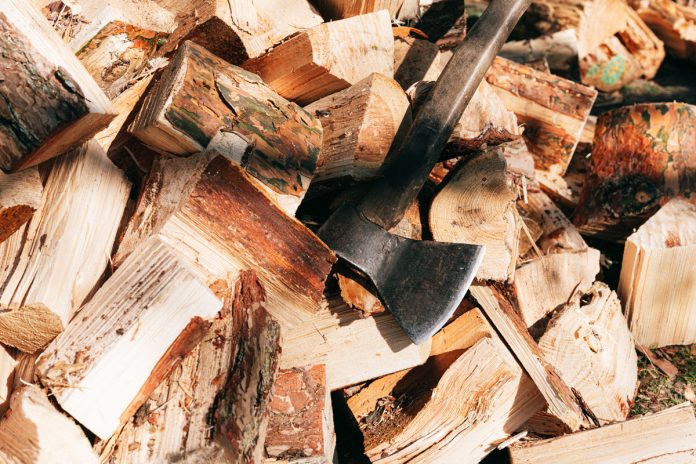How to Harvest Rainwater Using Rain Barrels
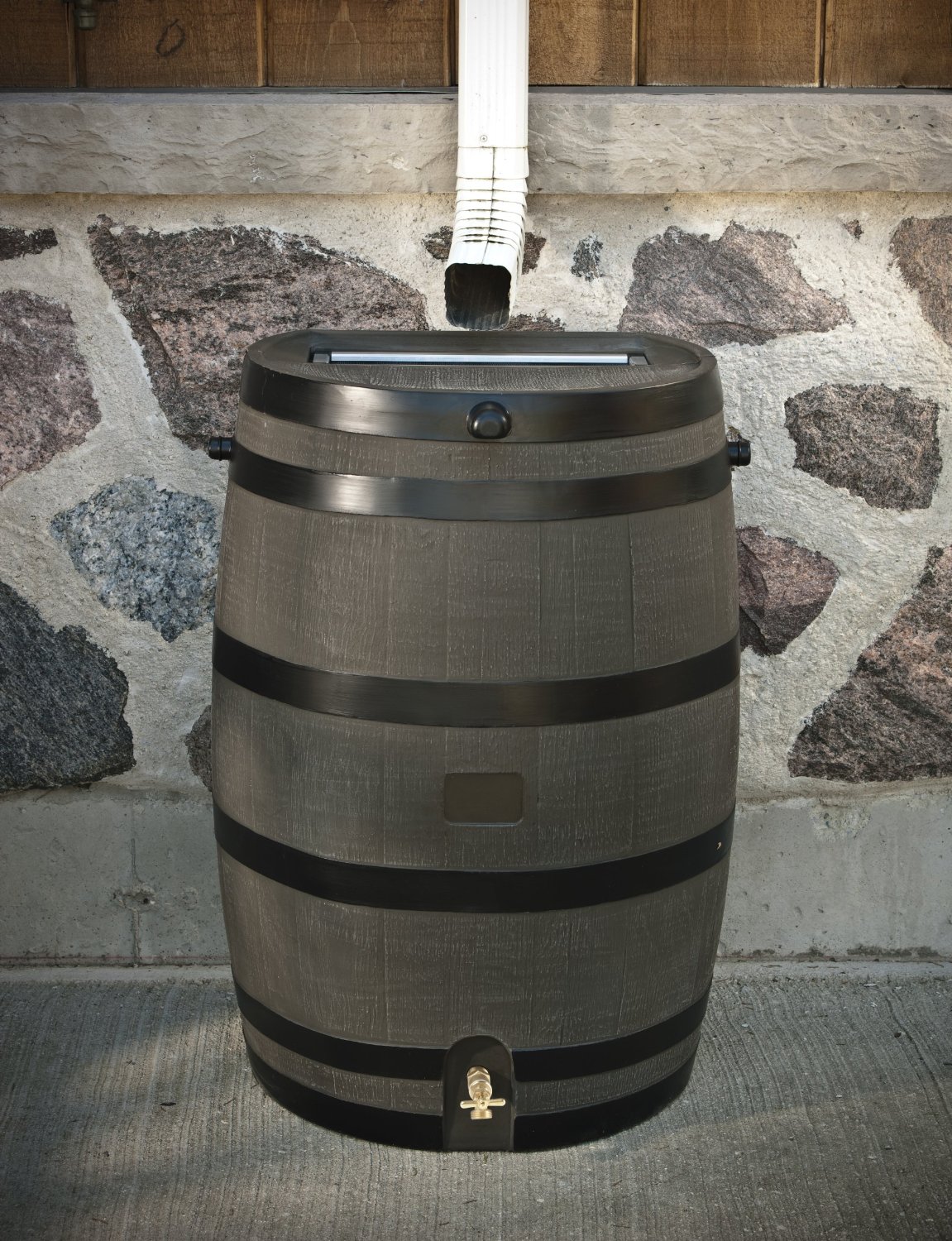
Plants need water to thrive. Their moisture requirements are highest right after planting (while they’re becoming established), and during the hot days of summer. Municipal water (provided by your city and used for drinking, cooking and bathing) is one source of irrigation water for landscapes, but it’s expensive, and subject to water use restrictions during times of drought.
One way you can save money on municipal water, and free yourself from water restrictions, is to collect and harvest the rainwater that falls on your roof and use it to irrigate your landscape. You can store this water until needed in rain barrels.
What is a Rain Barrel?
Rain barrels are devices for storing moderate amounts of water that you can then use to water plants, wash your car or rinse off your driveway. Utilizing free water stored in rain barrels for those tasks that don’t call for potable water allows you to limit your use of municipal water, resulting in a lower water bill. During peak summer months a rain barrel may save homeowners about 1,300 gallons of municipal water.
Any leak-proof receptacle can serve as a rain barrel. Making your own by re-purposing old 55 gallon drums is possible, just be sure the drums are clean and all traces of chemicals or contaminants have been removed.
Newer appliances manufactured specifically for use as rain barrels work best. You can find them at garden centers and big box stores, or order from online companies. They come in plain styles (which can be painted if you’re not happy with the way they look) and more decorative models (with finishes resembling wood or weathered terracotta).
Store-bought models usually come with all the bells and whistles, like extra hose bibs placed around the bottom, and attachments for inflow and outflow piping. Most will have lids to keep out leaves, small animals and mosquitoes. If yours doesn’t have a cover, substitute a fine mesh screen.
Rain barrel prices start at around $100 and run to over $200.
Installing Your Rain Barrels
Place a rain barrel at each corner of your home, below the downspout. Level and compact the ground where the unit will sit. When full, these barrels can weigh upwards of 400 pounds and may tip over if placed on an uneven spot.
Raise the barrel several inches off the ground by placing it on stacked landscape pavers or level stones. The extra height provides more head, which equals greater water pressure, making the water flow better. Increasing the height also makes it a little easier for you to reach your shut-off valve.
Remove a section of downspout, leaving the end two to three feet above the rain barrel. Attach an angled or flexible section of downspout or a rain chain, and direct the end of this into the barrel.
If you’re renovating an existing barrel, you may need to install a diverter. When the barrel is full, the diverter can be turned on to carry any overflow away from your home. Many store-bought units come with diverters already installed.
Rain Barrel Maintenance
Maintaining your rain barrels is easy. Having a lid and keeping it in place takes care of most maintenance concerns. Place guards on your gutters to keep leaves and other debris from being carried into the barrels.
Drain the units in winter. Then either re-attach the downspout sections you removed during installation, take the barrels off-line and store them in a protected, out of the way place, or leave the barrels with their diverters set to carry water away from the empty barrels.
Harvested rainwater is more beneficial for plants than treated water. And it’s a free resource. Collecting this water and storing it for future use in rain barrels is an easy, inexpensive way to cut the impact of drought on your landscape.
The Author:
Sam Jones writes on energy and conservation related topics.

